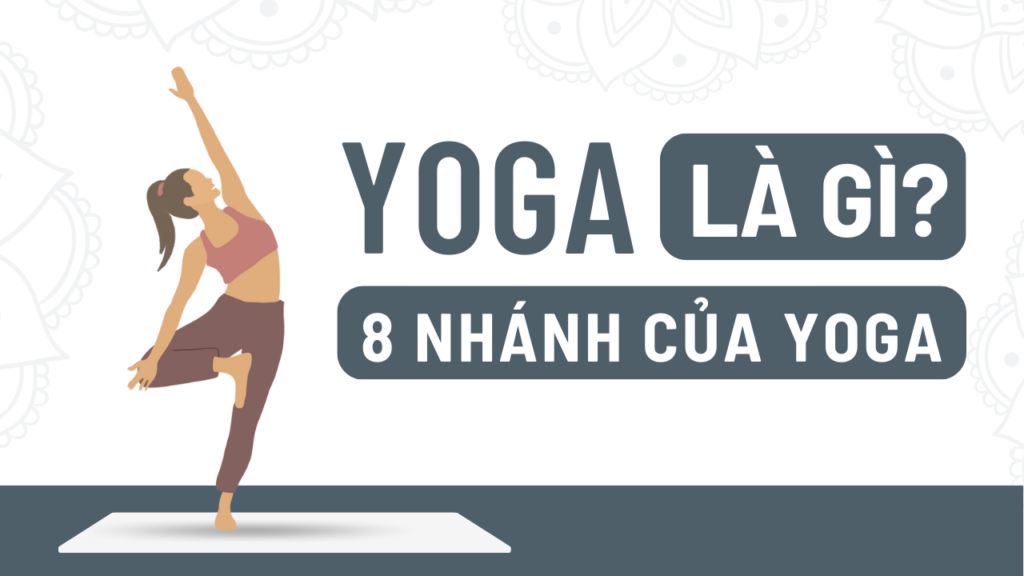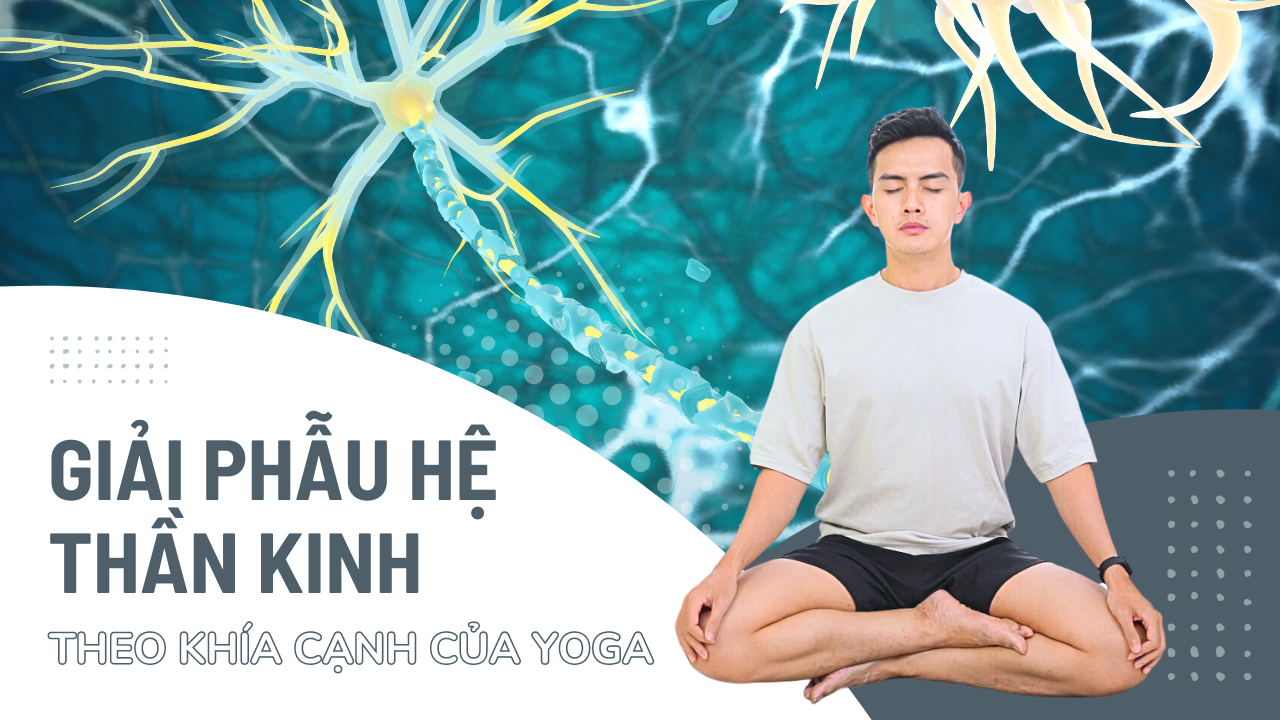Yoga is often misunderstood or described as only consisting of flexible movements, but the reality is that Yoga includes many branches and methods ranging from strength exercises to concentration techniques and ethical practices. In this article, Nguyen will help you know What is Yoga? and what are the 8 branches of yoga. Let's discover and experience the specialness of Yoga through this blog!
If you have a need, please register for Nguyen Yoga's upcoming teacher training course:
8 branches of Yoga - the path to happiness

There are 8 main branches, also known as "eight divisions" or "eight legs" for developing balance and maximum development of mind and body:
Yama (For Humanity)
Yama, refers to vows, disciplines, or practices that are primarily concerned with the world around us and our interactions with it. This first branch includes 5 moral principles that everyone should follow in life. These include:
- Ahimsa (non-violent)
- Satya (honesty)
- Asteya (don't steal)
- Brahmacharya (correct use of energy, moderation)
- Aparigraha (not greedy or hoarding).
Niyama (Personal Training)
Niyama usually refers to tasks directed towards ourselves, but can also be considered with our actions towards the outside world. This second branch of Yoga includes five principles for personal ethical development:
- Saucha (clean)
- Santosha (content with what belongs to you)
- Tapas (discipline or burning desire or, conversely, burning desire)
- Svadhyaya (self-study or self-reflection, and study)
- Isvarapranidaha (respect)
Asana (Yoga Posture)
The word Asana here does not refer to the ability to perform a banana tree pose or an aesthetically impressive bend, it means “seat” – specifically the seat you will sit in to practice meditation. We can sit comfortably so that we are not "pulled" by body aches, or the restlessness caused by an uncomfortable position.
This is considered the most famous branch of Yoga, including the yoga poses, helps improve physical health, mental health and flexibility.
Pranayama (Breath Energy)
This branch includes deep breathing exercises, which improves health and concentration. The word Prana refers to 'energy' or 'life force'. It can be used to describe the nature that keeps us alive, as well as the energy in the universe around us.
Prana also often describes the breath, and by working with the way we breathe, we affect the mind in a very real way. Each way of breathing changes our state of existence, but it is up to us whether we see this as 'controlling' how we feel or 'liberating' ourselves from the habitual way of life that our mind has become accustomed to. mind we usually have.
Pratyahara (Controlling the Senses)
Pratya means 'withdraw', or 'withdraw', and the second part ahara refers to anything we 'take in' by ourselves, such as different sights, sounds, and scents which our senses are constantly perceiving.
When we sit for formal meditation, this is probably the first thing we do when we think we're meditating; we focus on 'withdrawal'. Withdrawal can include focusing on how we breathe. Besides, we can also understand the phrase 'sensory withdrawal' as turning off our senses through concentration, withdrawing from the influence of the outside world so that we can focus inward and achieve recollection.
Dharana (Inner Focus)
Dharana means 'concentrated attention'. Dha means 'to keep or maintain', and Ana means 'other' or 'something else'.
While Pratyahara is the first step to help the yogi withdraw the senses to focus inward, Dharana is the next step to keep and maintain that focus of attention on a certain point, helping the mind to become more focused. should be quieter and more focused. So Dharana can be understood as the branch of concentration, which involves focusing on one point to achieve a state of absolute concentration.
Dhyana (Meditation and Contemplation)
The seventh branch of yoga is “absorption of meditation”. When we are completely absorbed in the concentration of meditation, and this is when we are really meditation.
All the things we can learn in the classroom, online or from a teacher are just techniques given to each person to help them stay calm, focused and focused.
The reality is that meditation isn't really something we can actively "do," but rather describes the natural action of something that happens as a result of everything. Basically; if you're really meditating, you won't have the thought "ah, I'm meditating!"… So this is the branch of meditation, which involves focusing on the mind and the soul to gain insight. sharp.
Samadhi (Enlightenment and Unity)
Many of us know the word "samadhi" which means "happiness" or "enlightenment," and this is the final step in Patanjali's Sutras Yoga journey. After we have reorganized our relationship with our outer world and our inner world, we reach the pinnacle of happiness.
In short
The branches of Yoga are designed to work together for maximum benefit for physical and mental health. When combined, these branches can help improve focus, reduce stress, and promote health.
If you consider yoga only as a type of physical exercise, you will overlook many of its other important elements. Yoga is not only the practice of movements to improve health, but also includes many other factors such as breathing, concentration, balance and relaxation, mindfulness, lifestyle, thinking… In addition, Yoga It also helps the practitioner strengthen the connection between the soul and the body, helping people find peace and happiness in life.
Nguyen hopes that the above sharing will be effective for your process of learning and practicing Yoga and helping you understand what Yoga is! In addition, Nguyen also has many posts about meditation and . Everyone please support and look forward to Nguyen in the near future!
Additional References
https://www.ekhartyoga.com/articles/philosophy/the-8-limbs-of-yoga-explained
https://www.yogabasics.com/learn/yoga-101-an-introduction/what-is-yoga/
https://www.healthline.com/health/fitness/the-8-limbs-of-yoga



